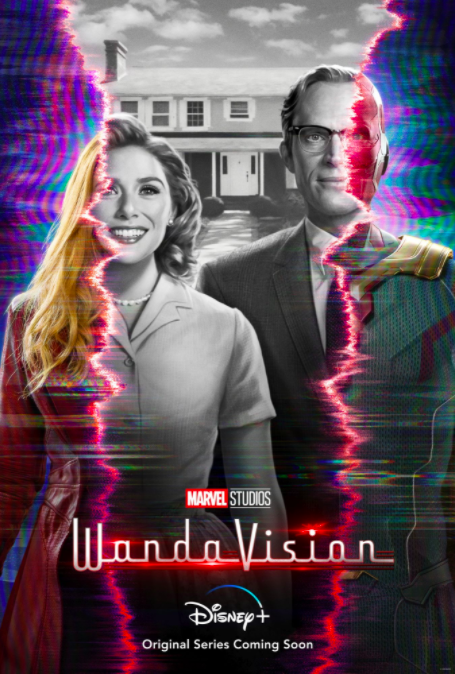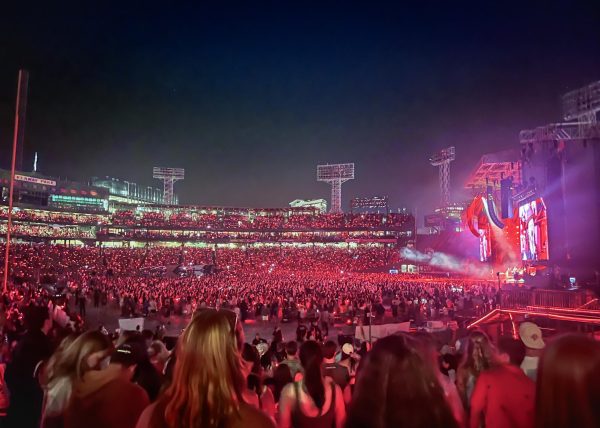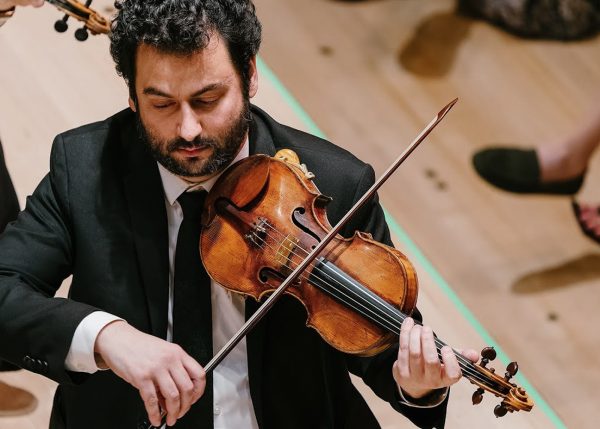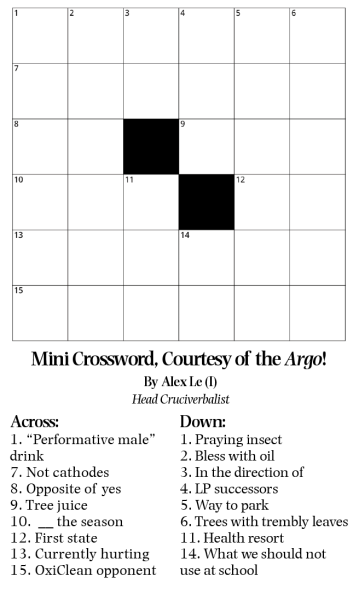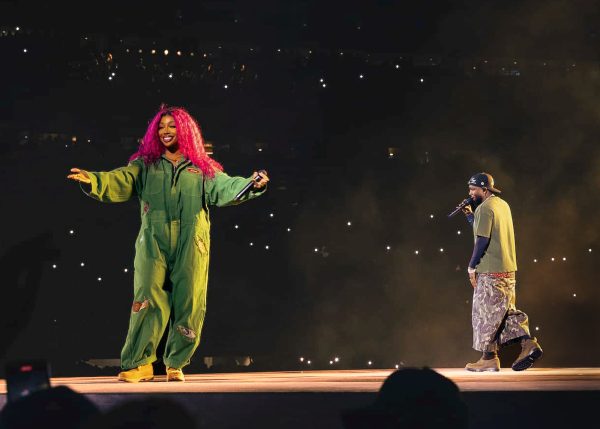WandaVision is Wanda-ful
Wanda Vision stars Elizabeth Olsen as Wanda and Paul Bettany as Vision.
Unless you have been living under a rock for the past month, you have probably heard of WandaVision. After stepping out of the spotlight for nearly two years, Marvel Studios started Phase Four with a bang. In the nine-episode mini-series, created by Jac Schaeffer and directed by Matt Shakman, actors Elizabeth Olsen and Paul Bentanny reprise their respective roles as Wanda Maximoff and Vision.
The series also brings back fan favorites, including Randall Park as Agent Jimmy Woo and Kat Dennings as Dr. Darcy Lewis. This, however, would not be a typical Marvel Cinematic Universe (MCU) film without the addition of new characters, such as Kathryn Hahn as Agnes and Teyonah Parris as Monica Rambeau.
Taking place three to four weeks after the devastating events of Avengers: Endgame, the series features Wanda and Vision living a perfect, though alternate reality, suburban life in Westview, New Jersey. With WandaVision, the MCU provides a detailed story of how Wanda copes with the loss of her brother, Pietro Maximoff, as well as her husband, Vision.
As Boston Latin School teacher Mr. Michael Howard describes, “WandaVision is a story about a conflicted woman with superpowers, [Wanda], who found and lost her whole world when she was thrust into the role of a hero […] All the while, people on the outside are working to destroy what she has built, some for noble and others for nefarious reasons.”
Marvel portrays the grief-filled and suspenseful story by drawing inspiration from classic American sitcoms from the 1960s to the 1980s. Grace Connolly (I) says, “[Wandavision] does an awesome job copying the humor from those shows, making for a show that combines humor, horror and mystery.” Each episode takes place in a different decade, progressing from the 1950s to the present day. Through each decade, the viewing screen, wardrobe, furniture and details adapt to fit the aesthetic of the time period.
Shakman reveals that the cast and team spent hours watching and studying sitcoms. They worked with a dialect coach and even observed clothing to perfect the content that was shared with viewers. Although the set of WandaVision was inspired by different decades, Shakman shares that the team “pushed the comedy and the broadness, and then would always remember the grounded version and pull back, just to make sure that we were believing always in this love story at the heart of the whole show and that the stakes were real, to some degree.” The hard work that went into production did not go unnoticed by viewers, as WandaVision has been watched about 6.5 million times in America alone.
This mini-series is one of Marvel’s first TV shows, and it did not disappoint. Amber Hoey (II), who has been obsessed with Marvel since The Avengers (2012), says, “Something I noticed while watching the series was how good the editing was. You would expect a TV show to have less action or smaller plot points. [This show], however, was just as good as a Marvel movie. If you were to sit down and watch each episode without breaks in between, it would feel like a Marvel movie.”
The praise for WandaVision is high, but some still believe that nothing will replace the appeal of a two-hour-long, action-filled movie. Until the upcoming releases of Black Widow and Falcon and the Winter Soldier, Marvel fans must rely on WandaVision for their weekly dose of Marvel.
Meanwhile, Bryanna Upton (III) advises any new WandaVision viewers “to pay attention to little details and symbols scattered throughout the episodes. They all end up pointing to a bigger conflict.” WandaVision is available to stream exclusively on Disney+ for all who enjoy a show filled with humor, suspense and grief.



